Jumping into deep water,Temperature,Current depth unknown.
除了生死,其余皆为擦伤
王彦鑫是一位不断用身体体验、探索世界的行为艺术家,对行为语言极为敏感,注重在场性的思考,行动偏重与历史记忆、时间、仪式、创伤发生关系,创作混合着个人英雄主义的豪迈与游戏的戏谑,通常以类似短幕剧的形式展开,由多个片段组成,时而让人陷入莫名的悲伤,时而变为令人忍俊不禁的黑色幽默;野性、悲情,构成了他身体内在的张力。自我惩罚、挑衅或者惊吓是他常用的行为方法,情绪与痛感在强劲的行动和决绝的意志间蔓延,生发出对历史记忆与创伤的重历与再现。
Yanxin Wang is a performance artist who constantly uses his body to experience and explore the world. Highly attuned to the nuances of performative language, he places significant emphasis on the concept of presence. His actions are deeply intertwined with historical memory, time, ritual, and trauma. His creations blend the grandeur of personal heroism with the wit of playful irony, often unfolding in a short-theatrical format composed of multiple segments—at times evoking inexplicable sorrow, and at others, dark humor that elicits laughter. Raw intensity and poignant melancholy define the internal tension within his body. Self-punishment, provocation, and shock are frequent methods in his practice. Emotion and pain ripple through his powerful actions and unwavering determination, culminating in a reliving and reimagining of historical memories and traumas.
2025 NEW
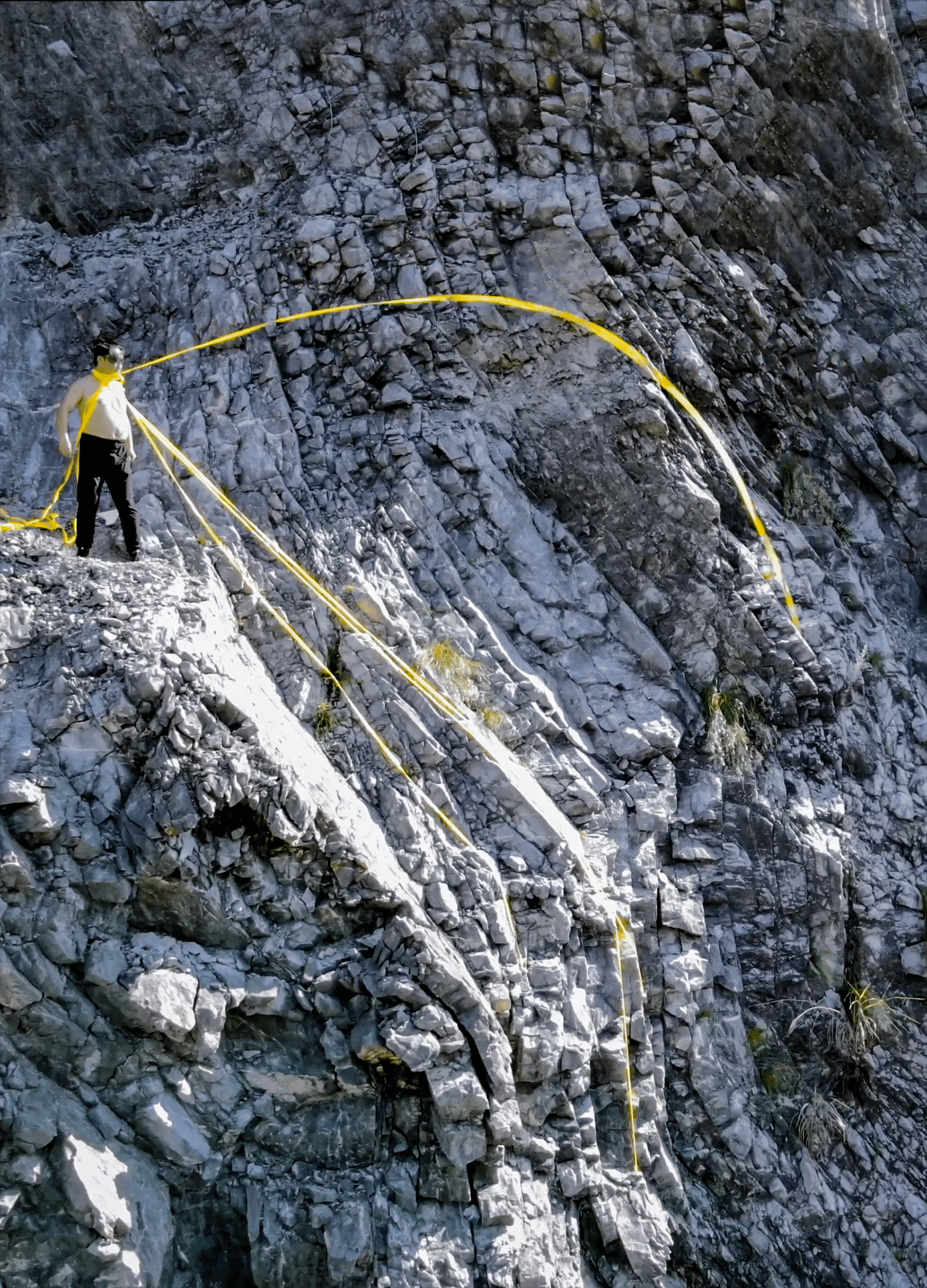
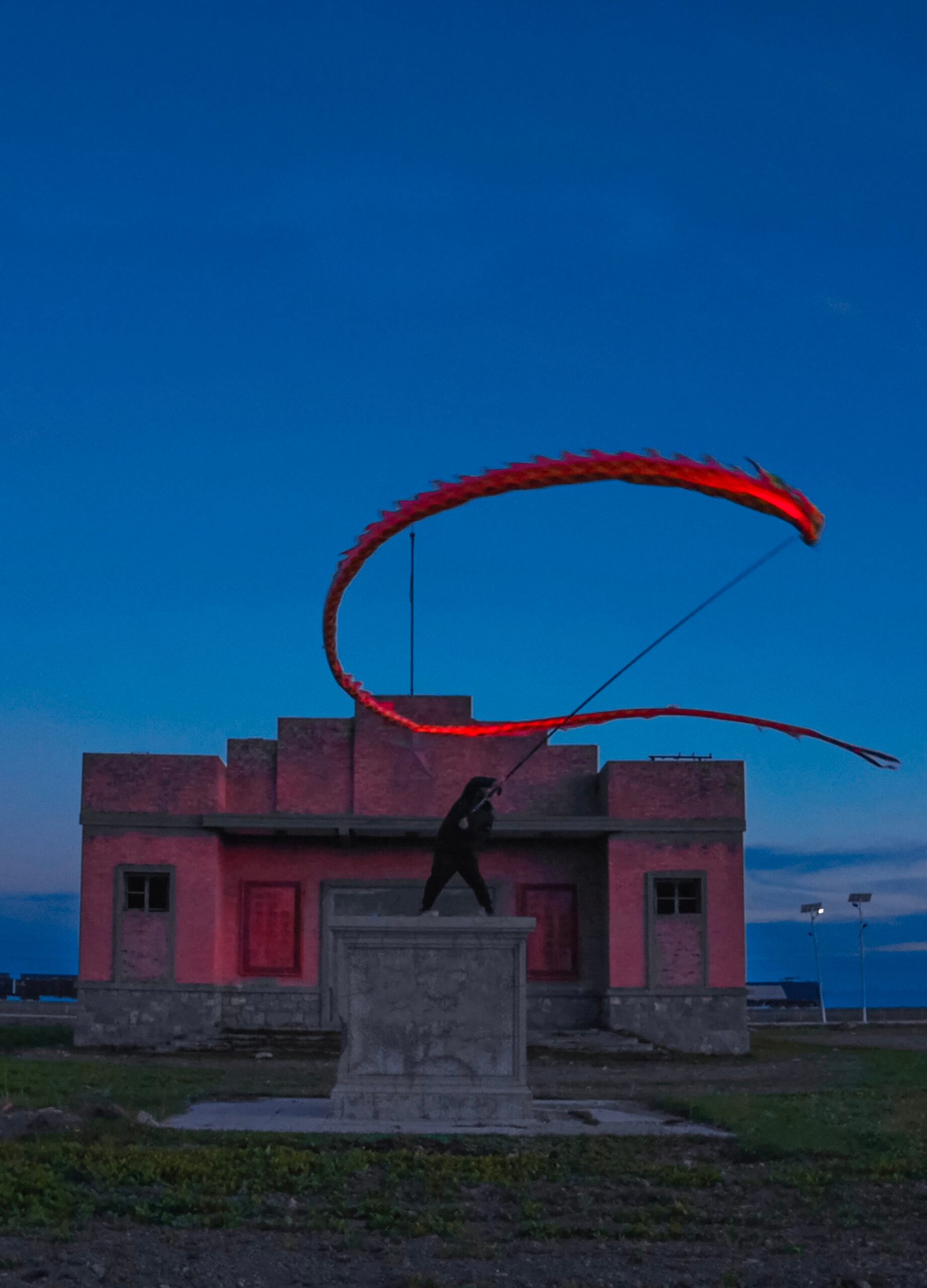


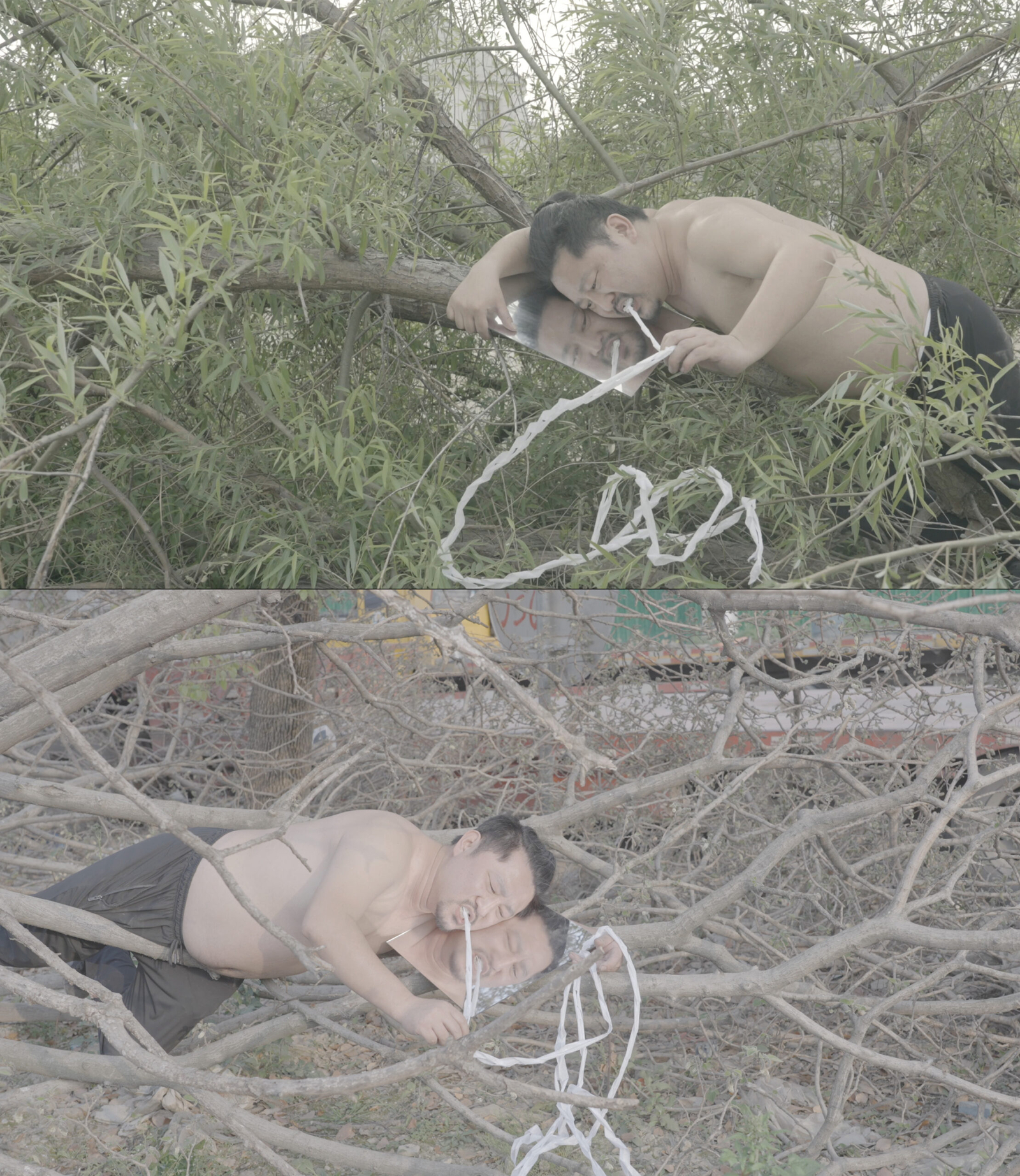
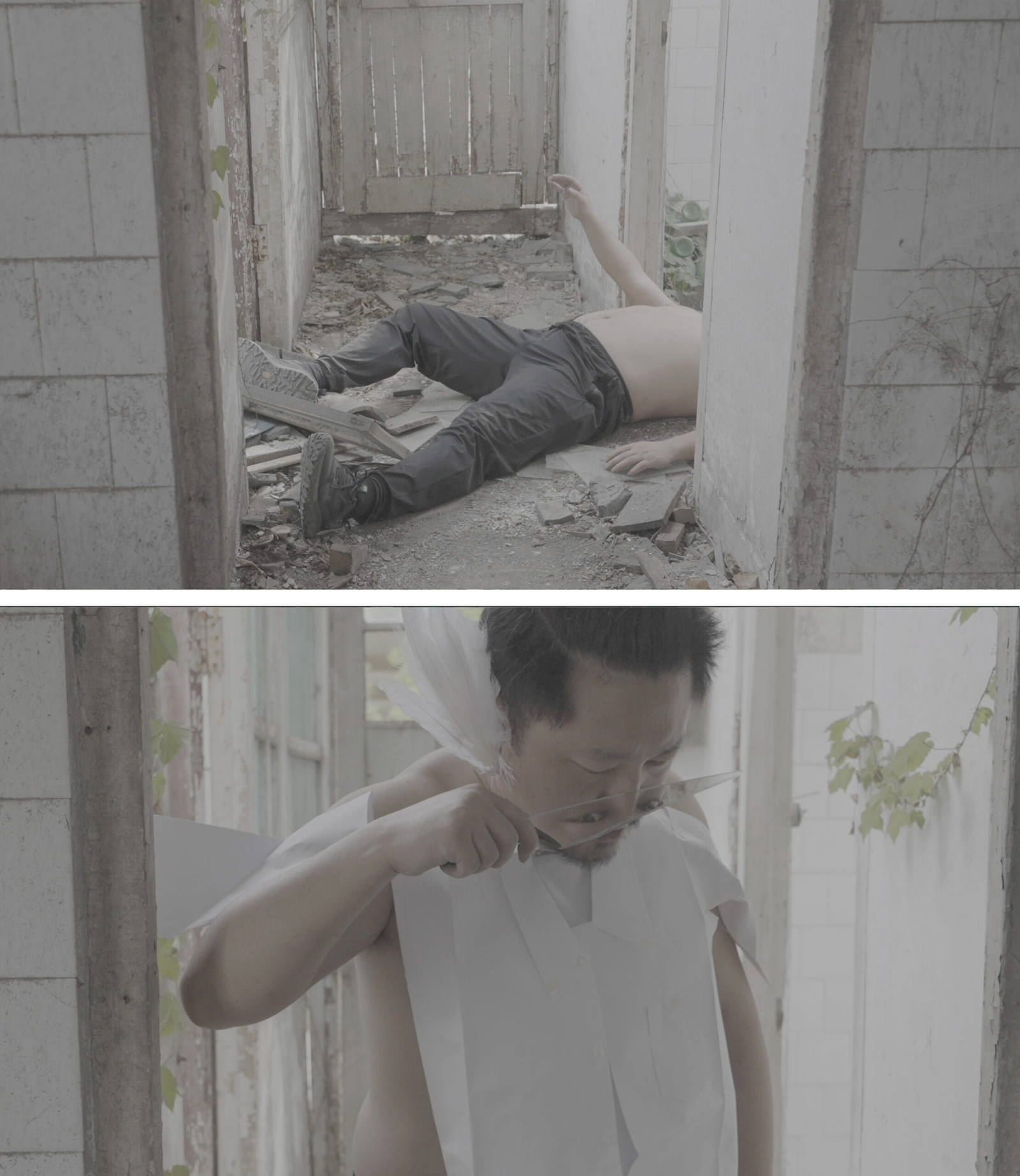
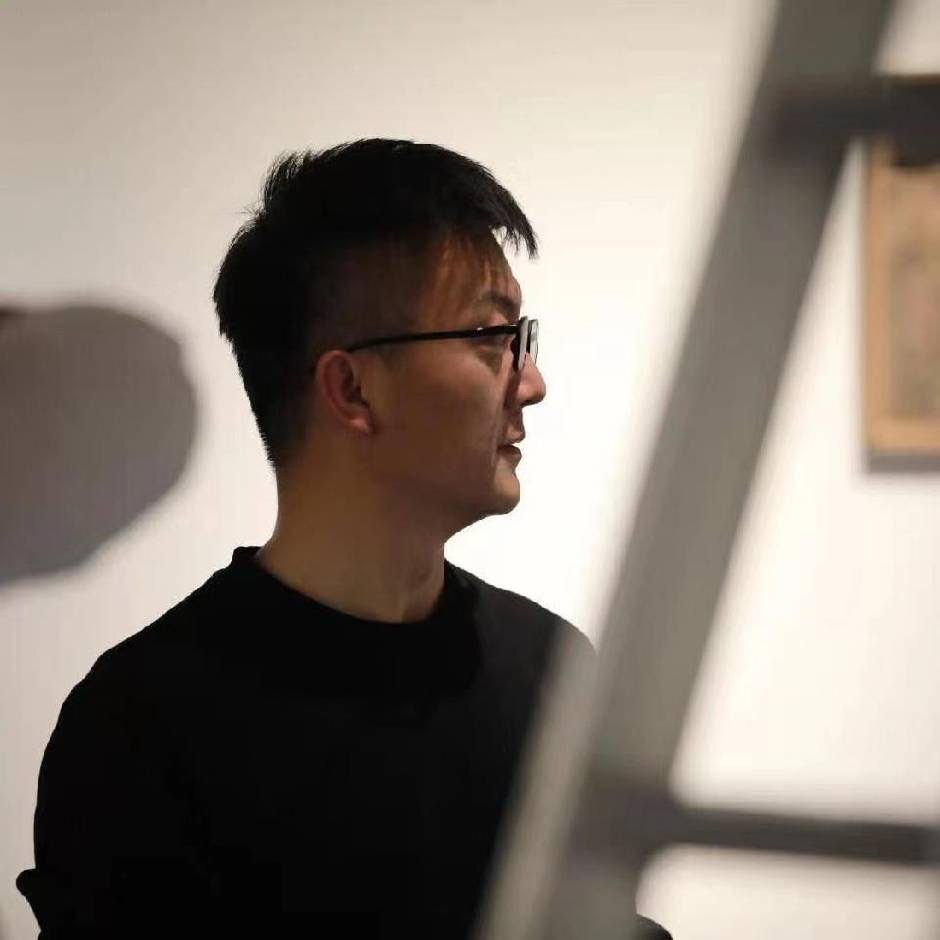
Wang Yanxin is an artist who is extremely sensitive to behavioral language and pays attention to the relationship between the thinking and action of the presence and the environment, field and history. What is important is that Wang Yanxin has his own way and method in this process, and his behavior often hides interaction and integration in an inappropriate place of confrontation and separation. Just like the wolf and explosive power are the impressions of most people on Yan Xin's works, but the warm and poetic tranquility after the wild moment is even more moving.

When the "body" in Wang Yanxin's work is abstracted into a flattened outline, it no longer refers simply to the basic attributes of the physical body or to the body of a specific individual. Instead, it becomes a symbol, an extraction of the public's bodily state. This unique and precise symbol is the "core vocabulary" that underpins Wang Yanxin’s subsequent work. With this "core vocabulary," the artist is able to freely express his judgments on social contexts and public events. This also leads to a second breakthrough in this phase of his work: the transition from individual social narratives to the abstract representation of collective social landscapes.
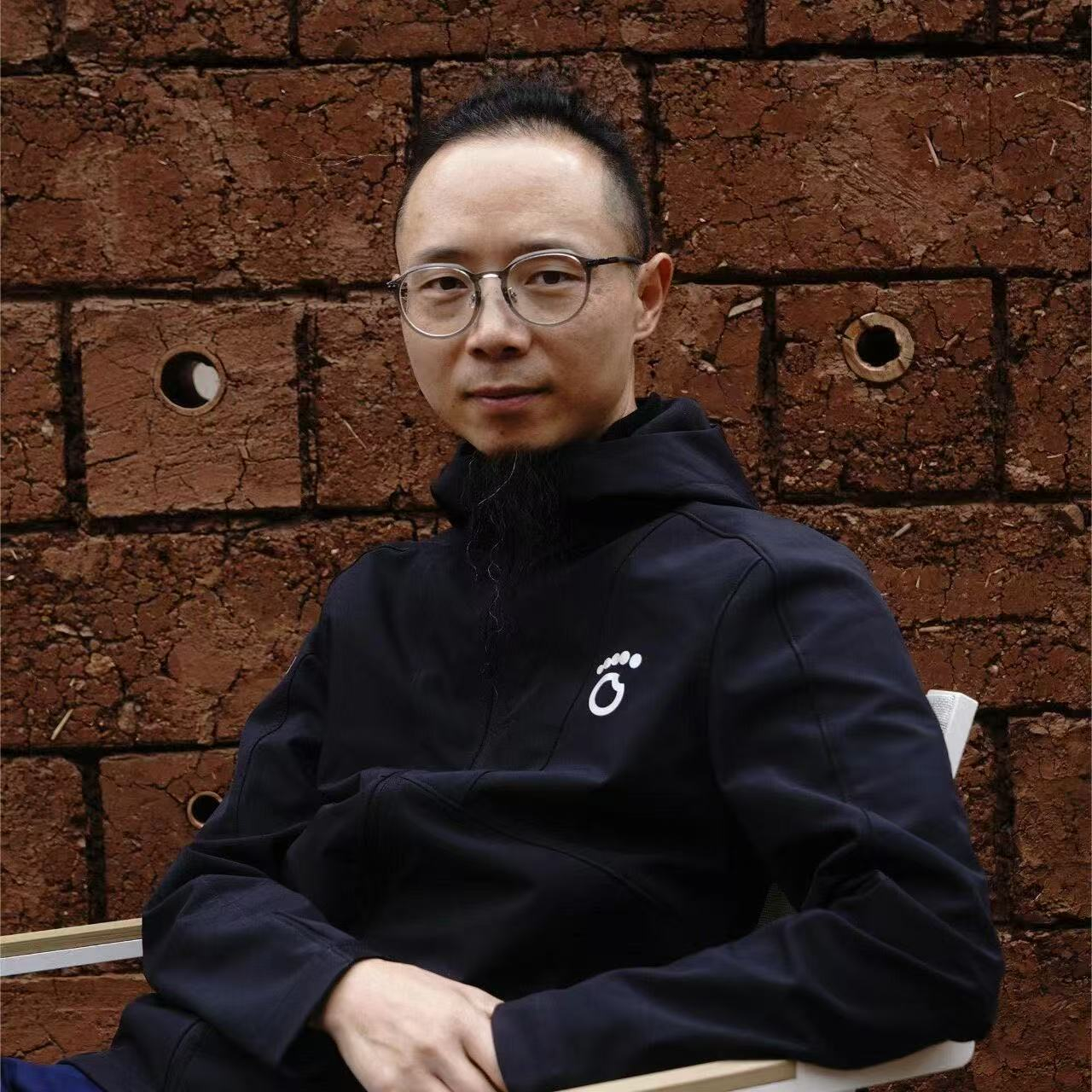
Wang Yanxin's works give people an impression of mixing the heroic feeling of personal heroism and the excited feeling of joking games. They are usually unfolded in the form of short act plays, but then they will make people fall into inexplicable sadness. Some angry emotions spread among his strong actions and his determination to express. If he punishes himself, provokes the audience or gives vent, he will act on the edge of losing control. His scene looks very wild, and it often makes people feel shocked or even frightened.
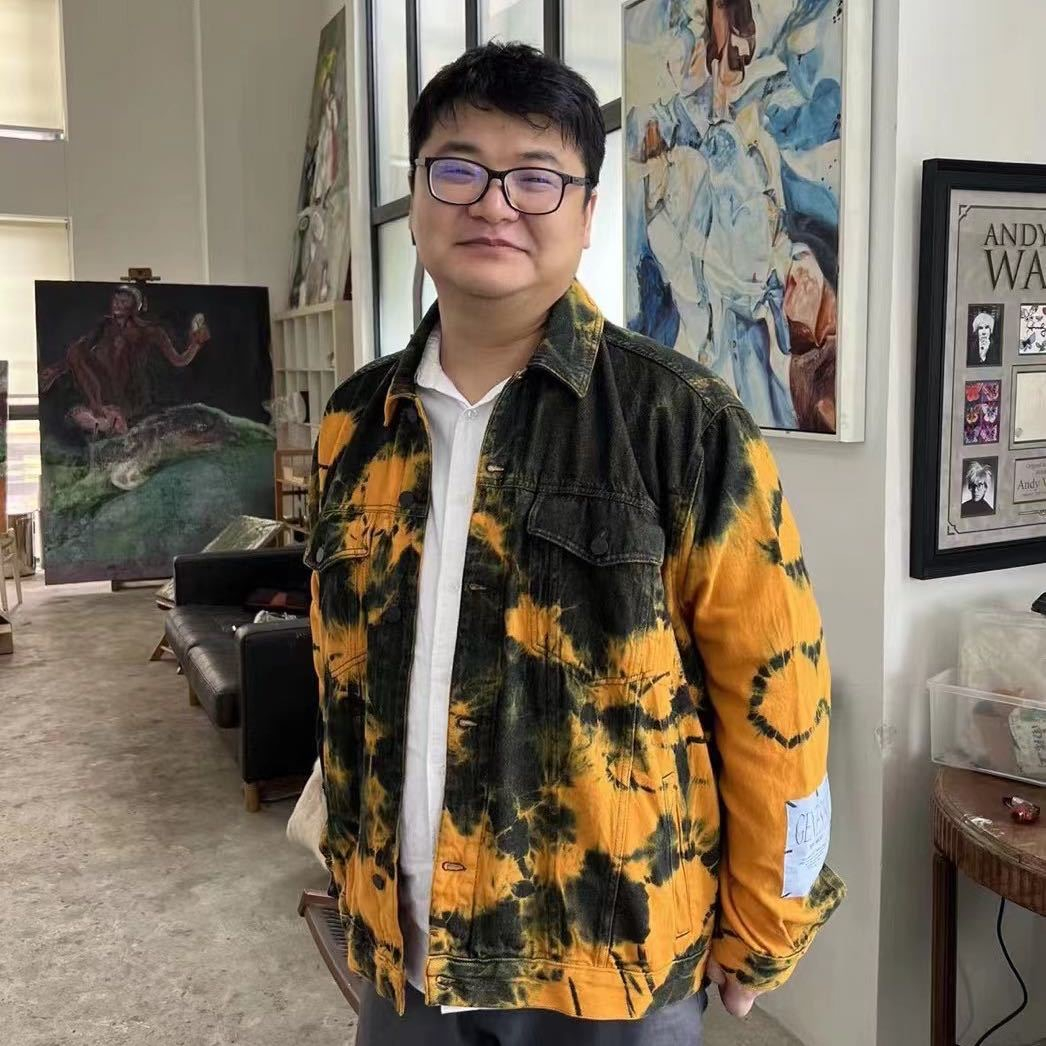
Wang Yanxin is an artist who takes his body as an art battlefield. From all his works, we can feel that he is an artist who constantly experiences and explores the world with his body. Of course, the instincts of touch and lust are not the ultimate goal he wants to show. He takes his own body as a tool, that is, he manipulates and marks external objects through his body and physiological functions, so as to obtain the exploration of the unknown world and grasp and discover some accidental cultural phenomena and opportunities from the boring daily life or repeated behaviors.
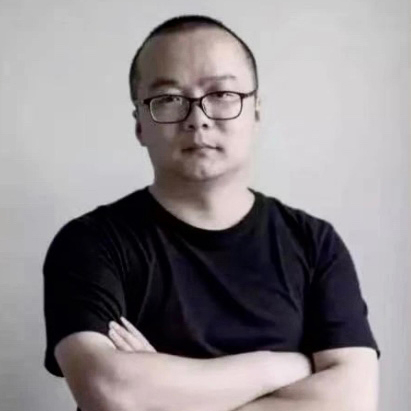
Wang Yanxin starts with the body and continuously explores the relationship between the body and others. In this ongoing exploration, he also incorporates concerns for reality and humanity. His exploration of body language and the definition of the site demonstrates a unique personal understanding, through which he strives to present a distinctive artistic language to the audience. First, there is the abandonment of language—sound in the work is no longer artificially produced, but rather emerges naturally. Second, there is a shift in space—from the white box or architectural space to public and natural spaces, completing the artist's transition from constructing the self to liberating the self. Third, there is a transformation from the use of the body to the exploitation of the body. The body is placed within the environment, expressing itself as a presence that raises questions. At the same time, Wang Yanxin continues to enrich the ways in which the individual body intervenes in space, including the visually poetic body, the body in social landscapes, and the body as something that is erased or concealed.
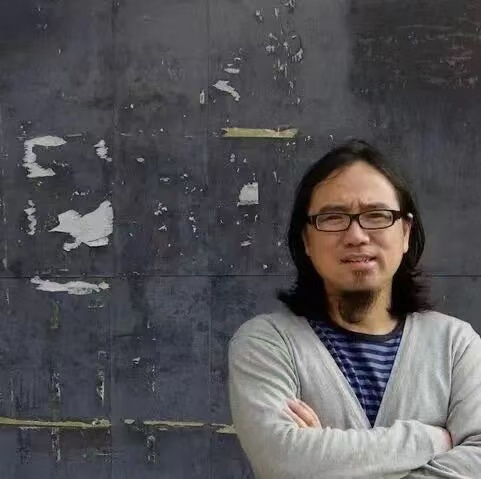
Throughout his career, Wang Yanxin, a young performance artist, has garnered attention for his body-centric works characterized by immense live energy. His practice intricately weaves the dynamic relationships between the artist, the audience, and specific sites into a distinctive artistic language, which has gradually matured over the years. Wang’s first significant artistic shift occurred in 2018, when the tangible, visceral aspects of his body began to be “overlaid” by cold industrial materials—such as LED cold light strips. This marked a turning point where the mediation of the body emerged as a central theme of his explorations. In 2024, the artist embarked on a new creative phase, employing the language of video art. This shift embraced improvisational performances in specific spatial contexts, choreographed bodily actions, fragmented yet poetic narratives, and images that resonate and intertwine the body with temporal, spatial, and historical layers. Unlike live performances that emphasize immediacy, singularity, and presence, video art offers Wang a broader creative scope and opportunities for intricate narrative construction. At the same time, this medium imposes new boundaries and challenges, such as defining stylistic choices for visual and auditory elements, determining narrative directions, and negotiating the balance between spontaneity (chance) and choreography (design). These considerations reflect Wang's ongoing inquiry into the evolving intersections of body, space, and time within his practice. Let me know if you'd like further refinements!
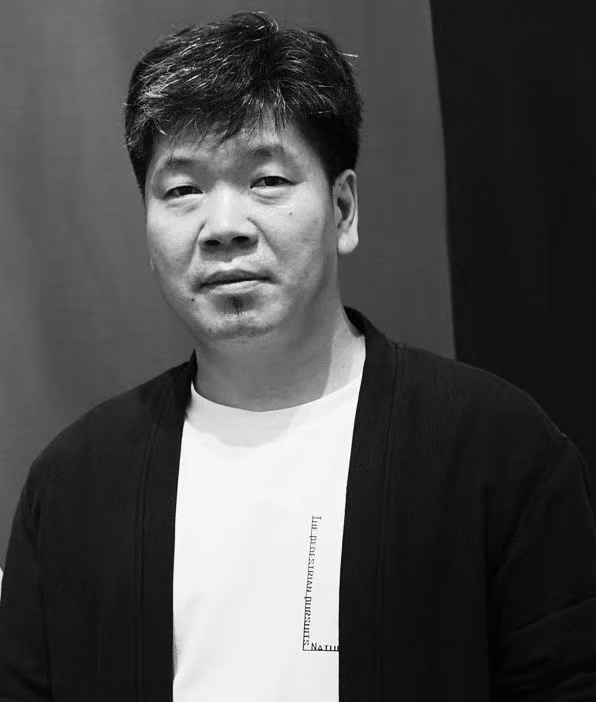
Performance art is not merely an act through which the artist completes an inner experience or expresses a conceptual idea; it can also be a way of responding to specific realities or historical spaces, thereby revealing new dimensions of spatial experience. In Wang Yanxin’s practice, this form of spatial response through performance art had already emerged in his earlier works. For instance, When We Meet Again(2018), created in the nuclear exclusion zone of Fukushima, and Centenary (2021) and 1001 Lights(2021), performed in an abandoned tunnel of the Yunnan–Vietnam Railway, both exemplify this approach. In the past, such works often arose from participation in particular projects, which led him to enter these charged spaces. Wang has always been acutely sensitive to the histories and atmospheres embedded in such environments, intervening in them in his own distinctive ways—at times poetic, humorous, solemn, or absurd. As he became increasingly familiar with this mode of spatial engagement, Wang began to ask himself a fundamental question: What does space mean to me? What kind of space should I be thinking about?
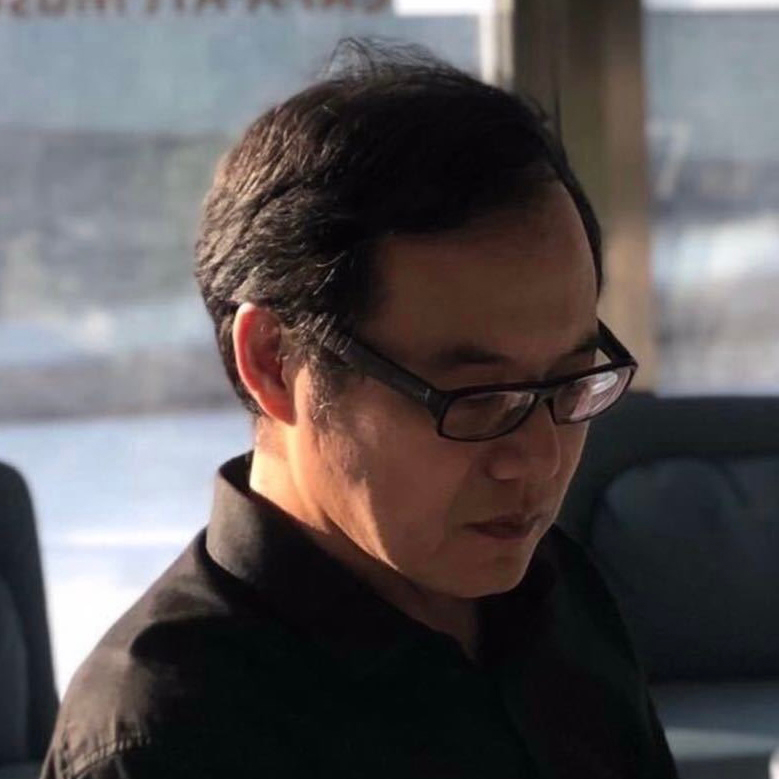
Wang Yanxin’s performances intervene forcefully, often adopting seemingly absurd postures, and take place in public spaces or natural environments. These actions enhance the absurdity of the space or introduce a sense of discontinuity into the environment. His performances are highly impactful, creating a strong sense of presence and engagement in the moment.
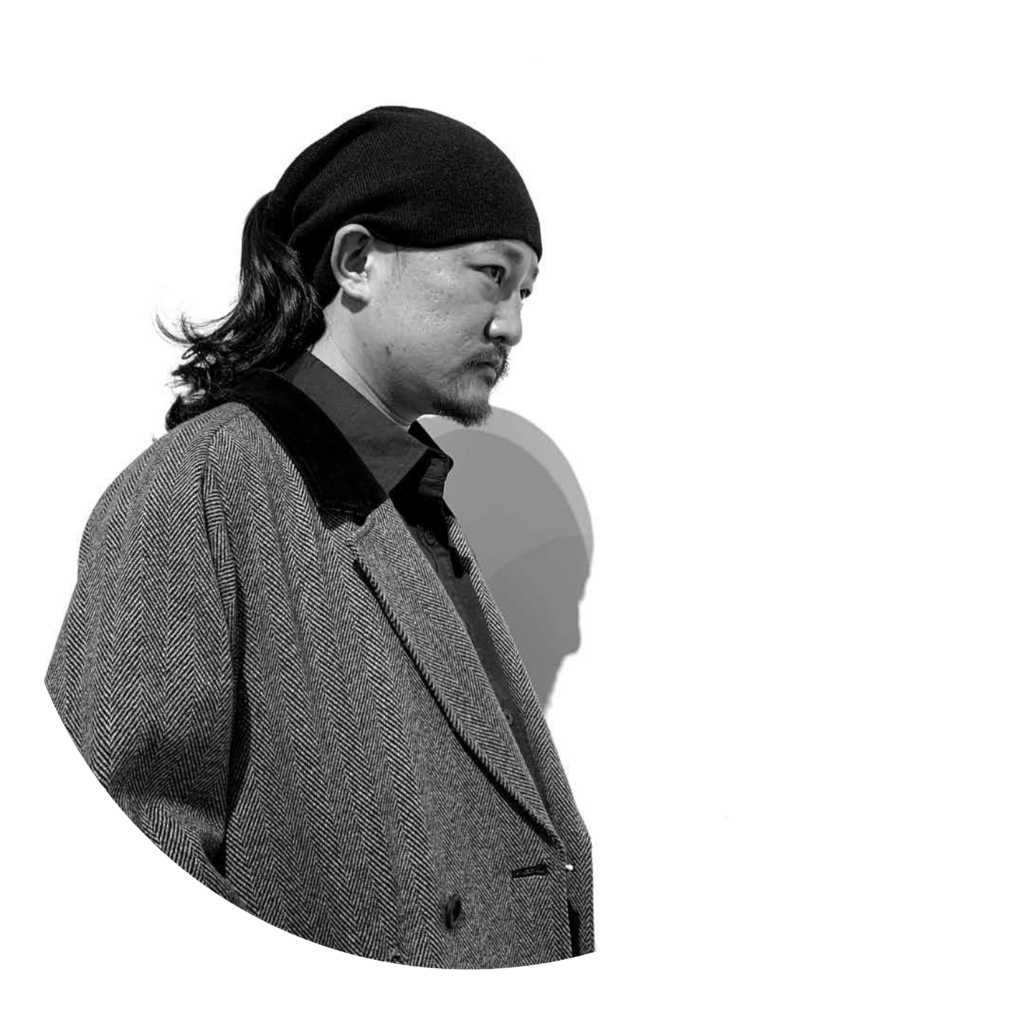
1988年生于甘肃兰州,2013年毕业于四川美术学院新媒体系,现工作生活于成都,任教四川文化艺术学院,副教授。
Wang Yanxin, born in 1988 in Lanzhou, Gansu, China. graduated from Sichuan Fine Arts Institute in 2013. Since 2012, he has been engaged in multimedia artistic creation based on performance art. He currently lives and works in Chengdu and is a professor at Sichuan Conservatory of Culture and Arts.
- Chengdu, Sichuan, China
- +86 15215015022
订阅Newsletter
Copyright by wangyanxin.com. 版权所有.
